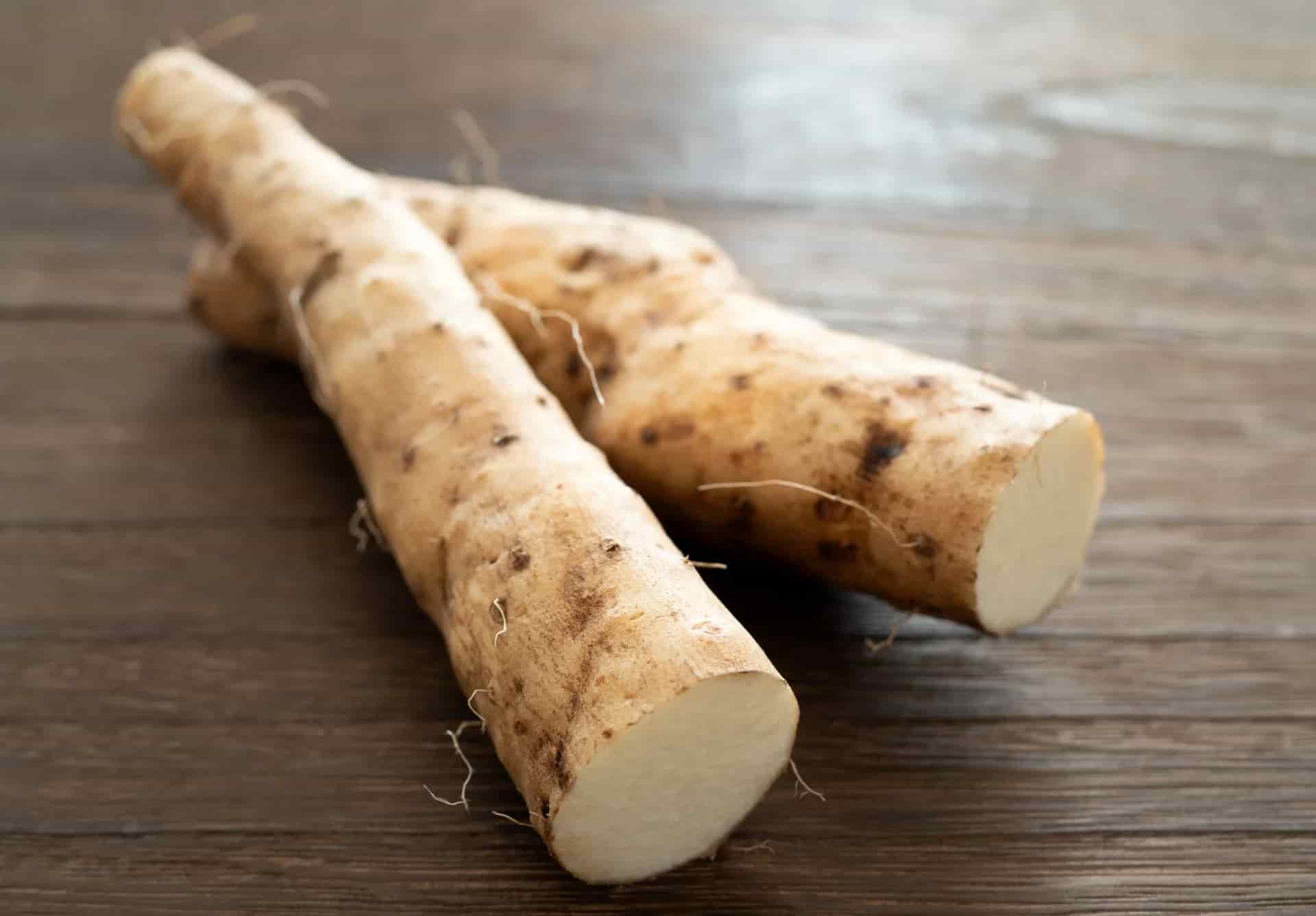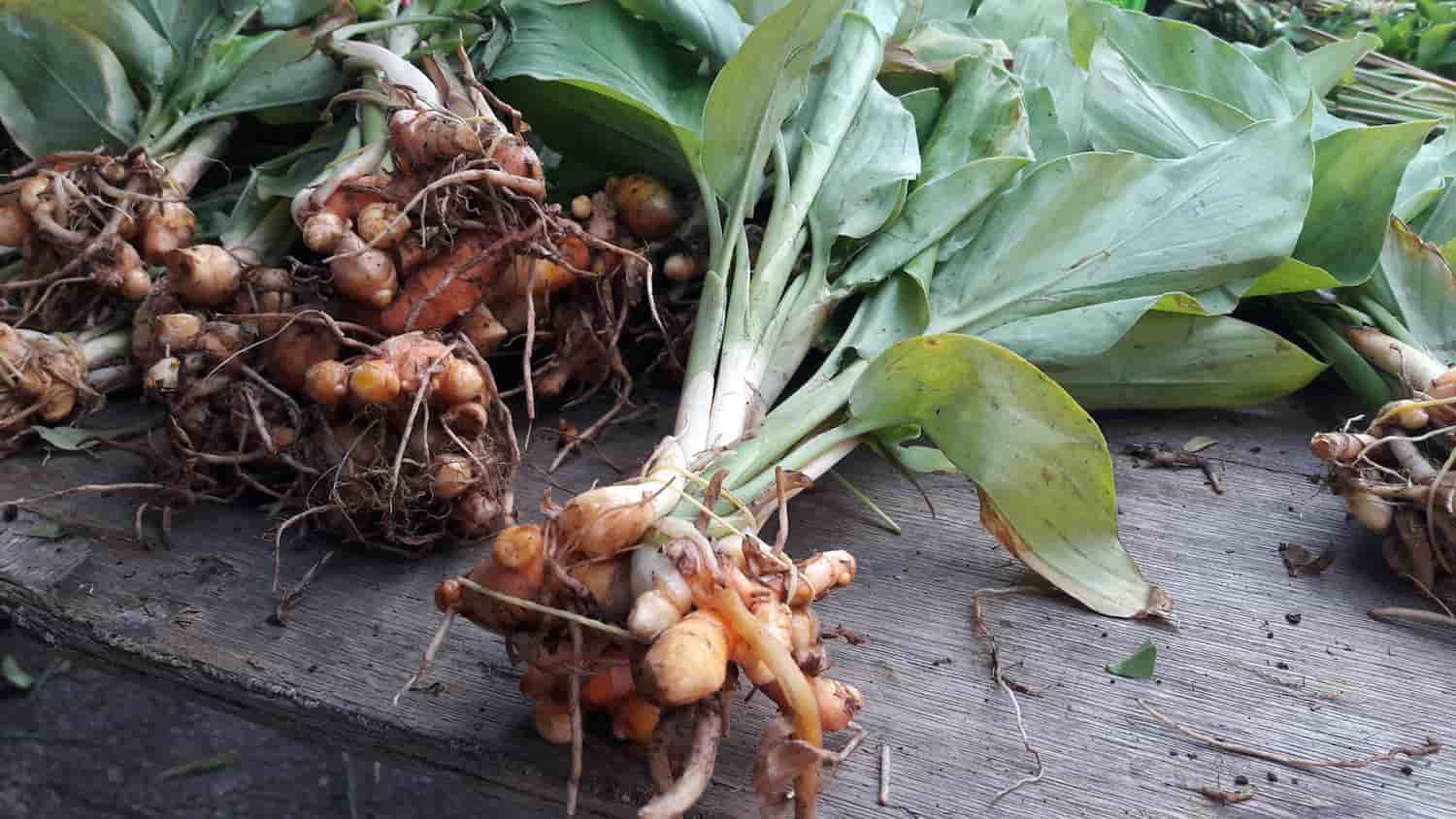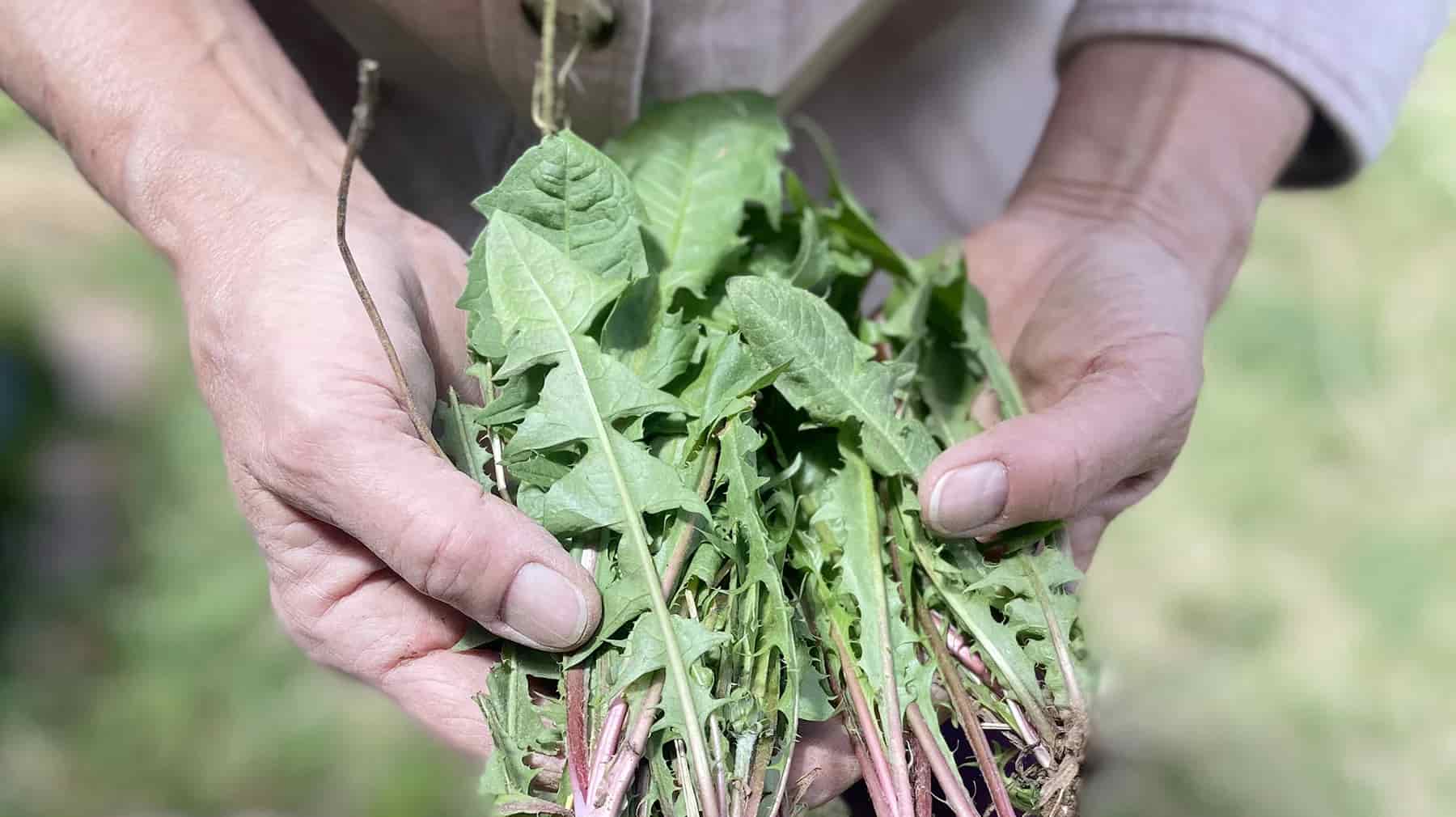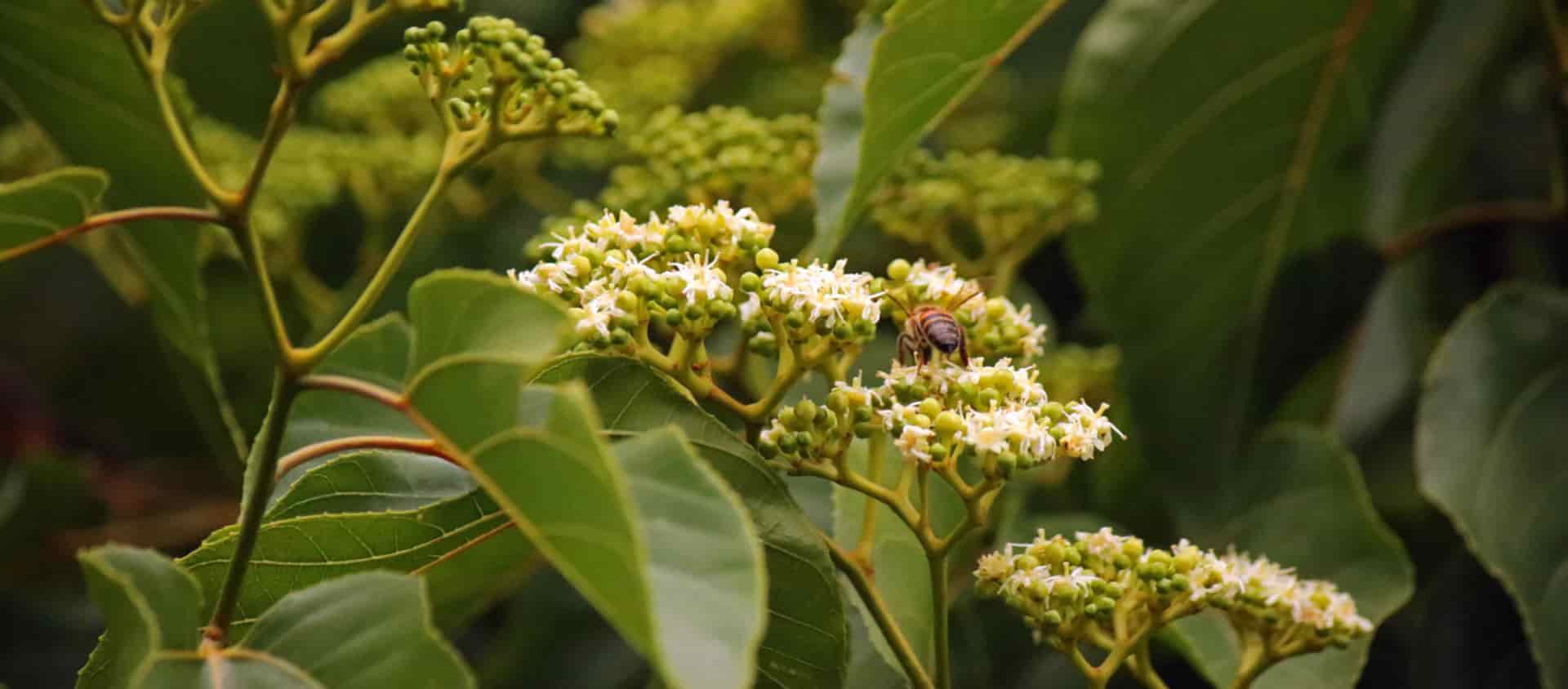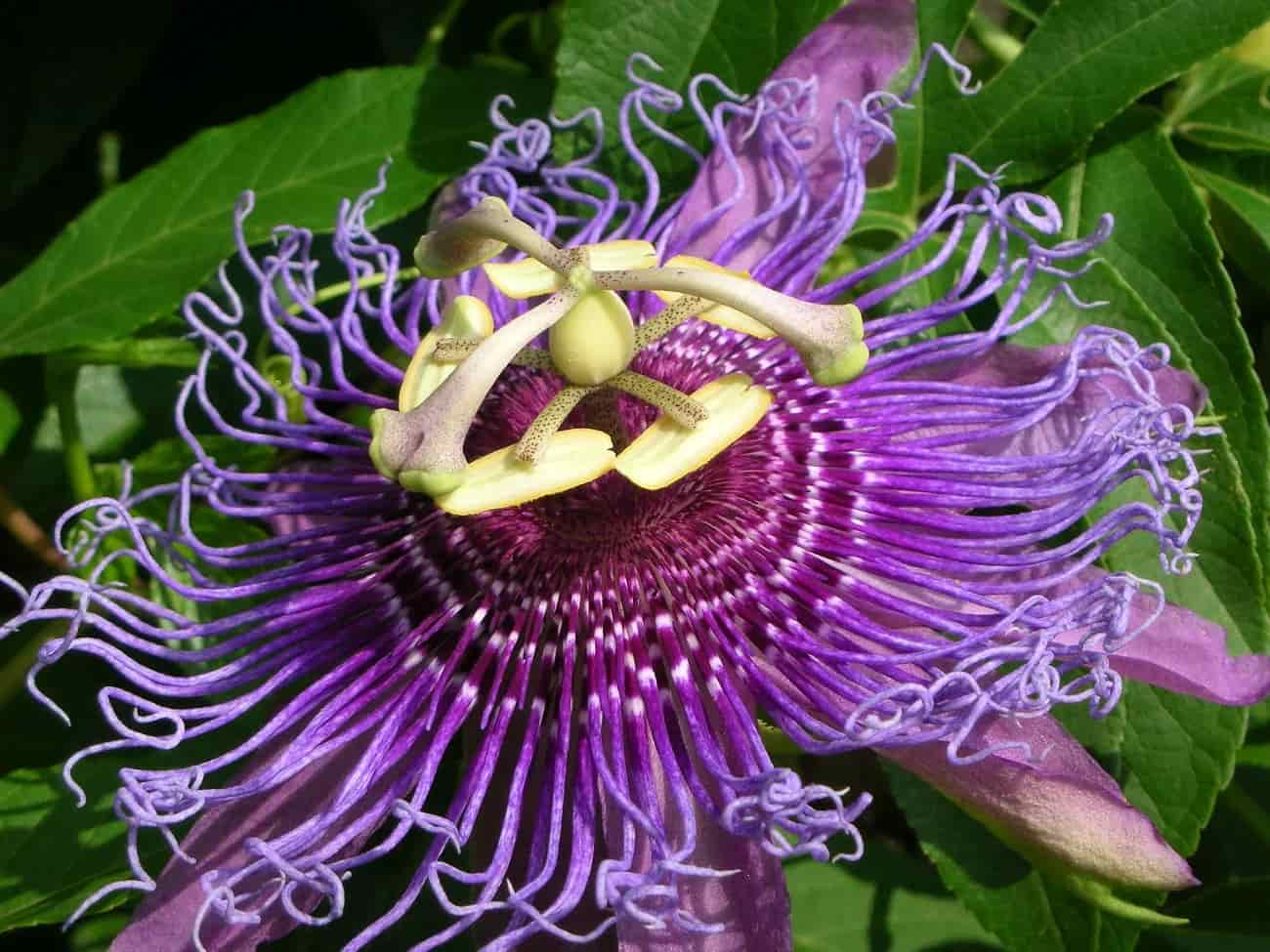There are over 400 Passiflora species. Passiflora incarnata is the most common species found in herbal products, and is what we use here at WishGarden. Common names for Passionflower include maypop, purple Passionflower, true Passionflower, Holy-Trinity flower, molly-pop, pop-apple, water lemon and apricot vine.
The dried or fresh leaves, flowers and vines of passionflower are used in teas, tinctures, and capsules. Tea made from the root is used as a tonic in North and South America. Passion fruit that develops from the flower has a pleasant taste and scent, and is used as a flavoring in foods and drinks all over the world.
History Of The Name
Legend has it that the inspiration for passionflower's name originated in the 1700s. Missionaries in Brazil were attempting to convert the indigenous peoples to Christianity and they used the passionflower parts as a visual aide to represent the Passion of Christ, or Christ's crucifixion — the five stamens represent the five wounds, the three styles represent the three nails and the white and purple flowers are said to represent purity and Heaven. The species name incarnata means "off the flesh" or "flesh-colored."
Another version of the legend says that the name originated in Italy for similar reasons, having a religious connotation. This version of the naming legend says the name is derived from the phrase flos passionis, which is a shortened version of fior della passione, referencing the symbolism of the Passion of Christ.
Doctrine Of Signatures
The Doctrine of Signatures, dating back to the time of Dioscorides and Galen (50-200 AD), states that plants resembling parts of the body may be useful for those parts that it resembles. The color, shape, texture, scent, location and other physical and geographical attributes can be used to determine how a plant might be useful. According to this logic, the appearance of the passionflower tells us a lot about its uses.
It's said that the vines and unique vibrant lines found on the passionflower petals represent the nerves running throughout our body. And some believe that this suggests that passionflower would be useful in calming an agitated nervous system. Herbalist Paul Bergner believes that the delicate and intricate flower suggests that it is most useful in fragile and delicate situations, particularly for the young, the elderly and others who are in a fragile emotional or physical state.
Historical Uses Of Passionflower
Indeed, passionflower has a long history of pacifying worried minds and bodies. The Aztec people were the first reported to use passionflower. In the late 1500s, a Spanish doctor was the first to record the use of passionflower when visiting Peru, where passionflower has long been used for encouraging restfulness.
Eclectic physicians of the 19th and 20th centuries used passionflower to help with sleep disturbances, to calm irritated throats and lungs and to ease digestive discomforts. Reportedly, the herb was used by Native Americans, early European settlers and African American slaves. It's said that the Algonquin people of North America used passionflower to encourage feelings of tranquility. Topically, passionflower was used by Native American peoples to encourage a healthy inflammatory response. The Cherokee from the Tennessee area called it "ocoee" and it was an important food and herb for their people for thousands of years.

Modern Uses and Benefits of Passionflower
Passionflower soothes the nervous system, as well as calms feelings of worry and agitation. It is helpful in regulating a steady and slow pulse and encourages healthy sleep cycles. It's also helpful in easing physical discomforts and relaxing tense muscles. Passionflower has also been used to ease discomforts of menstruation.
It's commonly taken in Mexico for disruptive sleep. The German Commission approved passionflower for nervous restlessness. The ESCOP (European Scientific Cooperative on Phytotherapy) recommends passionflower for easing tension, restlessness, irritability and sleep disturbances. Passionflower is listed in the pharmacopeias of Great Britain, the US, India, Switzerland, Germany and France, among others.
A promising clinical trial in 2005 suggested that passionflower may help children that struggle with the ability to focus. It's possible that due to passionflower's ability to quiet chatter in the mind, it in turn can help us focus longer on the task at hand.
Passionflower is commonly found in formulas for calming nervous tension, uplifting the mood and easing discomforts of body and mind. WishGarden uses passionflower extract in many formulas, including Emotional Ally: A Big Herbal Hug, Liquid Bliss, Serious Relaxer, Sleepy Nights, Stress Release Tension Tamer for Pregnancy, Postpartum Emotional Baby Blues and P.M.S. Emotional Mood Support.
Delicious And Aromatic Culinary Uses Of Passion Fruit
The passion fruit that emerges from the flower is aromatic and delicious. It is popular in many tropical regions of the world, such as Indonesia, Australia, New Zealand, Central and South America, southern parts of the US (Florida, California and Hawai'i) and South Africa. In Brazil, a popular passion fruit beverage is known as "maracuja." The fruit can also be made into jams, jellies and used as dessert flavoring. It's common to find passionflower flavoring in packaged foods and beverages all over the world to enhance flavor and aroma.
Habitat And Harvesting
Passionflower is native to the southern US, and to Central and South America. It's now cultivated throughout Europe, most notably in Italy. Succulent vines, leaves and flower buds are harvested in early flower stage for maximum potency. The seeds can be collected in the fall after the fruits have begun to dry. It grows in the southern US and extends into southern Illinois, Indiana and Ohio. The aggressive vine can cover the floor of thickets within days with the perfect weather. The plant prefers full sun and is drought tolerant. Each flower has about a one day life span, then the fruit appears 2-3 months later. The fruit is typically harvested from July through October.
Quiet Mind & Peaceful Sleep Passionflower Tea: A Recipe
Ingredients:
- 1 part passionflower
- 1 part motherwort
- 1 part skullcap
- 1 part rose
- 2 parts rose hips
- 1 part spearmint
- 2 parts marshmallow root
Instructions:
- Pour 8 ounces of boiling water over 1 tablespoon of this mixture.
- Cover and steep for 15-20 minutes.
- Strain and savor.
References
- Doctrine Of Signatures: An Introduction To Deepening Our Connection With The Beneficial Properties Of Plants
- Doctrine of signatures
- The Doctrine of Signatures
- 7 Things You May Not Know About Passionflower
- Passionflower
- Passiflora edulis
- Passiflora: Passionflower
- Passionflower (Passiflora incarnata)
- Making Plant Medicine by Richo Cech
- Encyclopedia of Herbal Medicine by Andrew Chevallier
- Herbal vade Mecum by Gazmend Skenderi
- Botanical Medicine for Women's Health by Dr. Aviva Romm
For educational purposes only. This information has not been evaluated by the Food and Drug Administration. This information is not intended to diagnose, treat, cure, or prevent any disease, or sell any product.
Recommended Products
Further Reading
